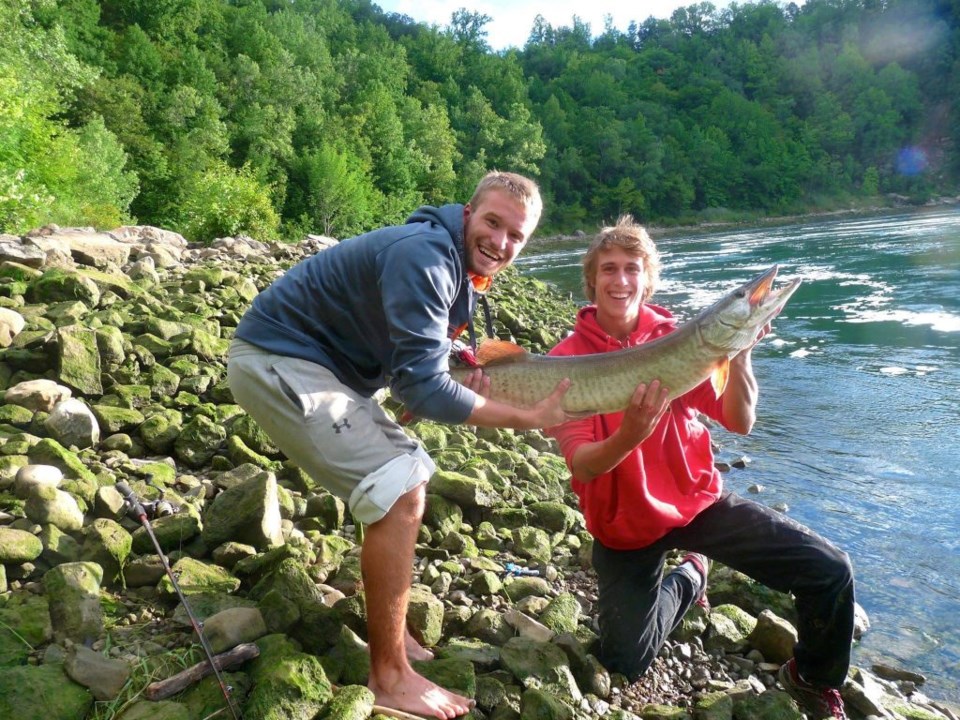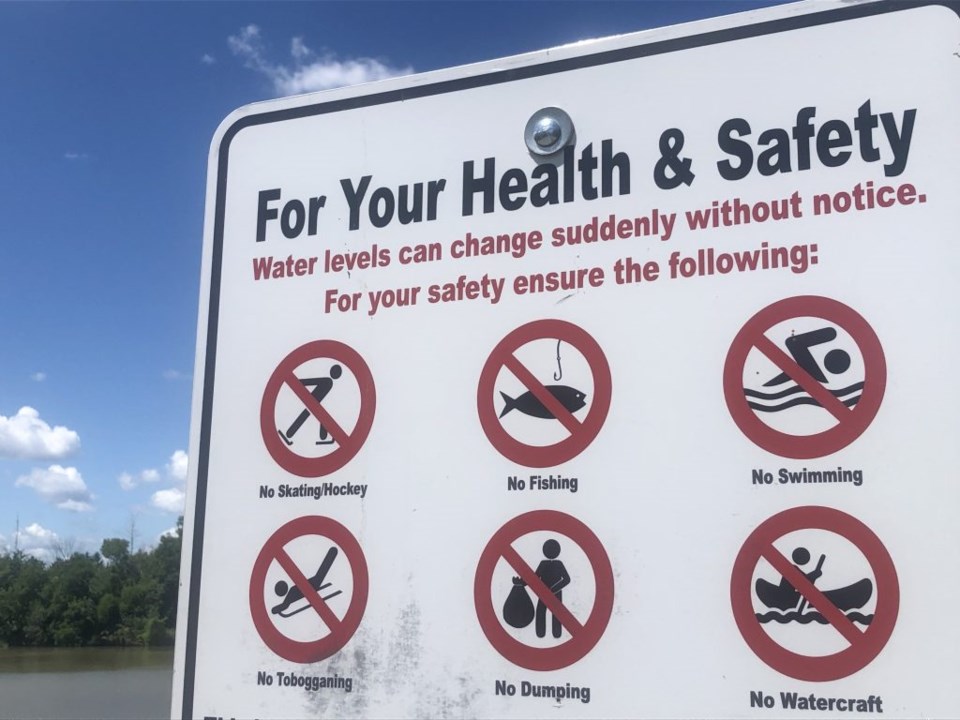
Hang on, hold up — I’ve got a weird theory.
The more governing bodies restrict how we access natural areas, including right here in Niagara Region and Niagara-on-the-Lake, the more disconnected we become from healthy but possibly risky play.
This societal change with how we are allowed to engage with the outdoors will ultimately lead to more individuals not knowing how to handle themselves outdoors, creating more safety-related issues than already documented despite regulations. I would call this a creeping generational problem.
Of course, individual safety is a paramount concern that makes us uniquely human, and we always have to be vigilant about that. However, when does the cure outweigh the perceived threat?
This article is inspired by signs and rules I recently saw at the Virgil dam conservation area and the Niagara Gorge.
Long gone since COVID are the times of park-for-free, use at your own risk, and enjoy the versatility of the landscape days we once enjoyed. Regulation and structure around accessing natural areas has indubitably spiked, and it likely here to stay.
Let’s start with the Niagara Gorge trail system. During the lockdown years, where we colour-coded regions of our province in grey, red and yellow, we negated basic, predictable human behaviour and watched people flock to Niagara for a sense of recreation. Can you blame them?
Enormous numbers of people crowded the gorge, and then, we saw a record spike in the number of dramatic and terrifying rescues down there. This isn’t good at all for the impacted individuals or the brave rescue crews.
Simple math states that a higher influx of crowds will statistically lead to more unfortunate events. So, the powers that be for the gorge cut trees down to block popular pathways down to the water, fined individuals for getting too close to the Niagara River, and erected large signs telling hikers not to trespass closer to the water.
Here is where my theory comes into play. As a child, and up until a few years ago, I swam down in the gorge with my parents and visitors from out of town in calculated, safe enough locations. Dozens upon dozens of times. I shuffled down to the river’s edge before high school classes on early mornings, and watched world-class rapids cruise down the most biodiverse waterway in the nation. It is on this now legally liable riverbank where I caught the largest fish of my life, an enormous muskellunge — an inspiring and influential nature appreciation moment.
“Well, Owen, you’re an outdoorsy guy from an outdoorsy upbringing, so you’re different from others,” might be the response. Not exactly. The key word here is upbringing. I was allowed to have that upbringing. I was allowed to assess risks, get close to volatile environments in a gradual, repeated, and sensible fashion, all the while garnering the respect of mother nature’s powers, such as intense water, changing weather, and basic navigation skills.
Now, imagine someone who was denied such experiences deciding to have a go at the same experience?
Without having been permitted to explore these boundaries, there is no way I would be able to do what I do today. I wish those younger than me grew up in a similar time, but that is not the case.
Does a hockey team get better playing against breezy teams, or, a healthily challenging team? Which scenario allows the team to evolve and become smarter with the objective at hand? Would a coddled team be at risk of being naive and getting themselves into trouble compared to a humbly experienced team? We all know the answer.
On that note, before I wrap this theory up, let’s zoom in on the Virgil dams and their new signage.
Signs in this exact location now say that fishing is no longer permitted here. Similar signs appear in the gorge. Fishing? What is the point of having an Ontario fishing licence if you can’t fish your own provincial waterways? If it is in the name of safety and protecting others, why hasn’t this been an issue decades prior?
The sign also says that canoeing or kayaking isn’t allowed. I have paddled these waters several times over the years and am still here to write about the treacherous, violent waters of the Virgil dams. With an admitted sense of sarcasm, over these shallow and borderline stagnant waters, I must professionally ask, why are we further discouraging healthy activities like paddling and nature exposure in an environment that is safer than the Niagara River or Lake Ontario?
I also can’t wait for the next alarming news segment on how much of our young population isn’t active enough and doesn’t spend adequate time outside these days. Welcome to the wall of discouragement.
The most unhealthy thing about the Virgil dams is how they consistently rank the lowest categories of water quality possible, according to the very agency that oversees and regulates them with a conservation authority report card.
My weird theory snowballs and gains momentum when I want to discuss how nature exposure and opportunity lead to environmental respect and appreciation. When we further restrict how people are permitted to access their fresh water, their forests, and their wildlife, we foster a concerning culture of indifference towards our natural world while it continues to get paved over, as we ironically continue to have fruitless meetings about how to combat climate change.
This may sound ruthless, but here is what I propose for areas of perceived natural danger.
Put up a huge sign in the areas of perceived risk. Instead of telling people not to canoe, hike, fish, or simply venture past a certain point, let the sign show how much it will cost them to be rescued. Our estranged western world speaks in money, and it will work.
“Persons beyond this sign who are rescued will be fined “x” dollars for their potential rescue.” Make the number large, make it worthwhile, make it blatant. Make it a number scary enough that people will sincerely assess their experience and abilities before committing to a certain activity, but don’t restrict the grizzled fisherman, the intrepid explorer, or the keen paddler from a love they have always known.
